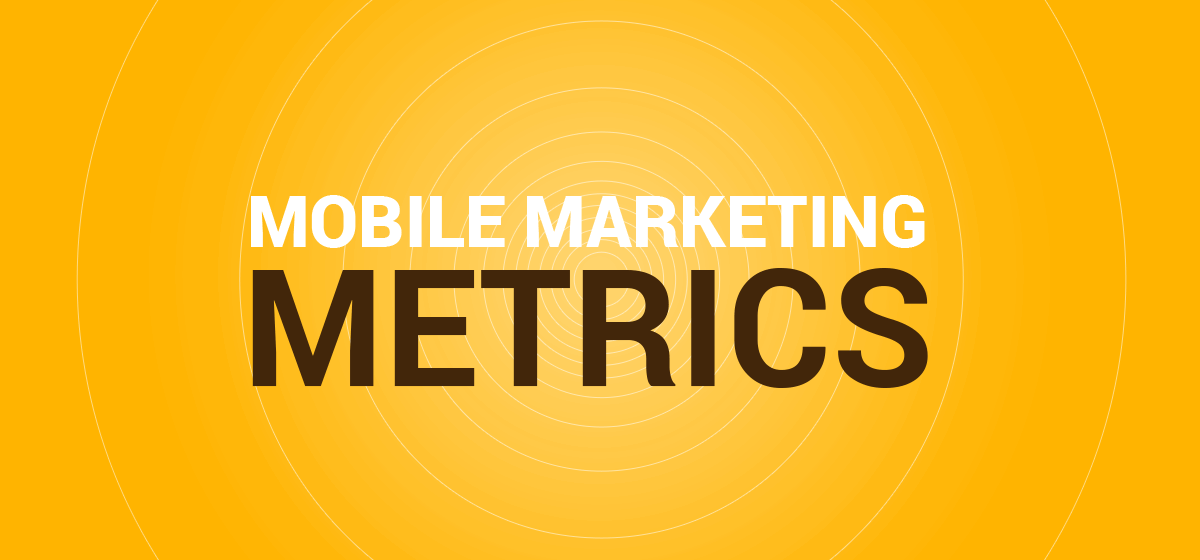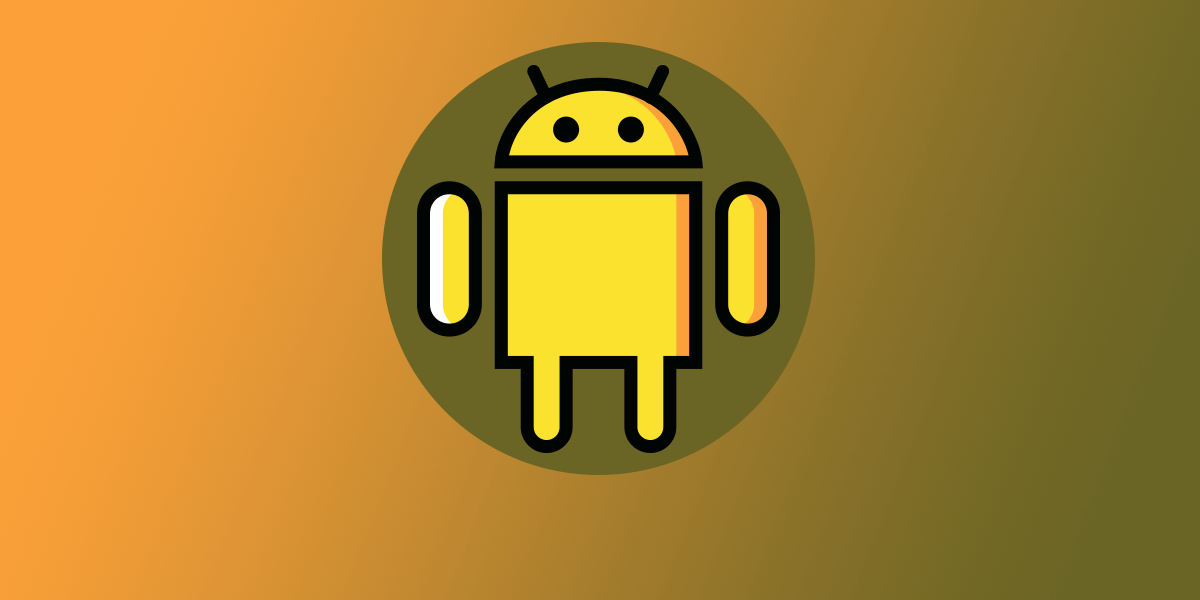Not so long ago, app developers were all about deciding the success of apps based on analytics. The statistics were assessed to determine just how good an app was doing in terms of user appeal and feedback. At one time, developers measured the app’s overall success based on its ratings and the download count (or sales). These were key mobile marketing metrics.
However, these days there are better ways to assess the overall success of any mobile application. These marketing metrics are something every developer needs to know about if they are to decide the success of an application.
Every measurement shared here consists of a formula or a way of getting information that you can use to draw insights about the app and how well it is doing. You can figure out how much revenue an app is generating per user, the costs per loyal user, and the costs per install and compare it with mobile application development costs.
The latter figures will reveal how successful you’re marketing is and if users are finding your app useful or enjoyable. You can also find out how people are engaging with the app, the parts of the app that are most enticing, and if your application requires changes or improvements.

1. Know Your ARPU

ARPU is an acronym for Average Revenue per User. The ARPU is broken down into a formula consisting of the amount of money the app generates within the framework of a set period over the number of active app users within the same timeframe.
Bear in mind that ARPU will be different for every mobile app category as well as for every revenue model. However, there are some comparisons that can be made that can prove useful in determining app success. ARPU by revenue model can help you take another look at the revenue brought in through advertising; fee-based downloads in-app purchases, freemium apps, and subscriptions for ease of comparison.
The ARPU can help you in finding out the average revenue the app is generating per user. The latter figure is important because you can use it in other metrics. First, in CPLU (Cost per Loyal User), you can compare the ARPU to the CPLU and if the latter is less than the former, you’re using your marketing methods correctly.
Essentially, it reveals you are generating more income than it costs to acquire the attention of the consumer. Next, in the Retention metric, the ARPU is part of finding out the lifetime value of those consumers you have as loyal users. Therefore, if you have an app that makes $0.50 a month and you retain a consumer for about 5 months on average, the lifetime value is $2.50.
2. Know Your CPLU & CPI


CPI is an acronym for Cost per Install. CPLU is also an acronym standing for Cost per Loyal User. The CPI is a formula that equals the advertising dollars you spend divided by the number of new installations you get within a given advertising campaign. The CPLU however, is the number of advertising dollars you spend divided by the amount of new and loyal application uses you get from the ad campaign.
These two figures can be used along with your ARPU to find out the return on investment you are getting from all of your advertising and marketing. For your marketing to prove successful, your CPLU needs to be less than your ARPU.
3. How Are Your Users Engaging?
Engagement is not something you can figure out by a formula, and it requires an assessment of how your users are making use of the mobile app in question. In understanding a user’s behaviors, you can get an inside view of what is most appealing to your users and what features may be unnecessary.
Engagement is an umbrella term covering a variety of user actions including an assessment of app screens viewed per session, the conversion rates, interactions, opt-ins, opt-outs, and session intervals and lengths. Let’s look at each of these analytics a bit more in-depth.
Customer loyalty measures how often your users return to the app and use it. Your customer’s engagement is vital to the success of the app, as engaged users are being called the bread and butter of an application’s overall success. If you have users that are remaining engaged with the app, it means they like what the app has to offer and are therefore more likely to spread the good word about the app to others – word of mouth advertising goes a long way in the mobile app industry.
What’s more, you can track the usage of loyal users over a longer time to see if trends in application development crop up or if the users repeat actions that may offer insight into how you can improve the application or enhance user engagement.
4. Know Your Love Ratio

The love ratio is a mobile marketing metric that’s been in use for a while and a broad assessment of statistics reveal that the answer is yes, just over 57.70% of the time. The measurement gives you a good idea just how much your users are enjoying the app and if the numbers are low it suggests you’ll need to make some changes to the app to make it more loveable.
Bear in mind, this figure can also vary if a person is not giving an honest answer to the survey and is just clicking on whatever answer will dismiss the survey question quickly. Despite potential biased answers and incomplete assessment values due to lack of user response, the Love Ratio formula still reveals vital information to the app developer, especially over the course of version histories and time.
5. Monitoring Retention Rate

There’s a formula for determining your retention rate, which is a metric marking the number of users you have returning to your mobile app on a weekly basis. Aggregate retention is the number of actives you have during a month divided by the install amounts during the same period. To determine what the retention rate for a specified time is, you need to note the number of app users you’ve retained by the end of a specified time and divide it by the installs during that period.
Broad statistics suggest that as many as 40% of mobile UX apps continue to use the app following the first 30 after the installation, but this number dramatically declines to a little as 4% within the year following the date of install.
The retention rate will allow you to define, not just how many downloads you have, but how many users you have. Even better, you can figure out active users over the course of time. Even if you have 100,000 downloads, 50% of that may have retained users over the course of time, and only by knowing your retention will you know how many downloaders actually remained active users.
When you know the monthly active users, you can use the figure to multiply it against the monthly average revenue you’re making per user to determine your overall revenue.
In essence, there are plenty of ways to measure what is happening with your mobile app. There are formulas you can use to find out user behavior, actions, and if they like using the application you‘ve created. A developer can then use the insights gained to improve the application and subsequently increase revenue.
Want to receive reading suggestions once a month?
Subscribe to our newslettersRead also:
Microservices architecture examples




